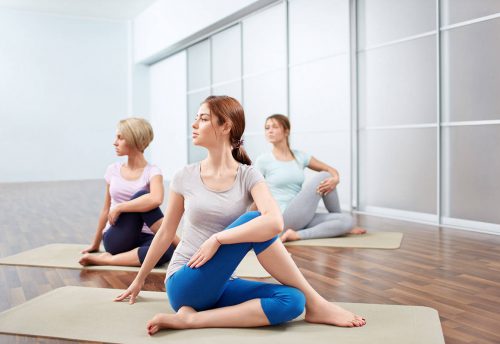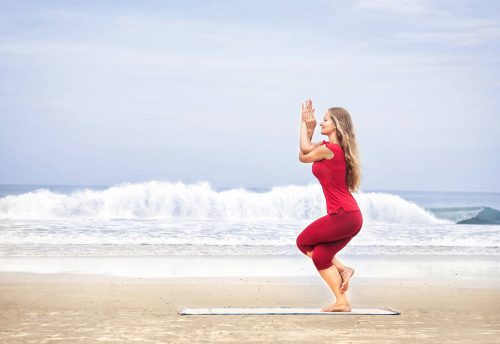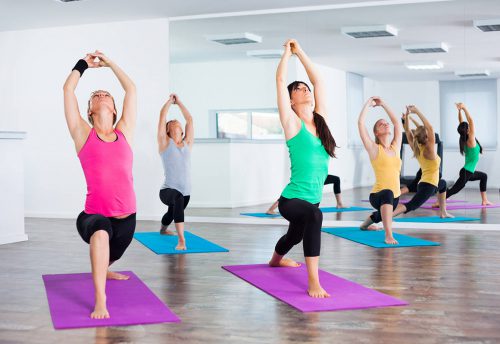
About Classical Hatha Yoga
Hatha Yoga is a set of exercises focused on body alignment, awareness of the breadth and observing the mind. The use of the word “classical” refers to a system of Hatha Yoga that has been developed and taught by a Master teacher or Guru and handed down to their students. It is not a hybrid or a popularized version of yoga, but a direct lineage that is taught by the Master to the student. Despite the differences among the styles and approaches, the foundation of the practice shares the same premise. That is, the body is one gate; the mind is the next.
Classical Hatha Yoga is the practice of Patanjalim’s 8-fold path called Ashtanga yoga. Along the path are 8 stages beginning with 5 ethical practices and 5 moral behaviors to train the mind for concentration and meditation. The yoga postures known as asanas (the third stage) are often the most tangible way to focus the mind, cleanse the body and prepare for meditation. Hatha yoga has changed a lot since its conception. When it was created, it was a total life philosophy that incorporated how we relate to our world, to ourselves and how we can attain inner peace. Most agree that the original writings were Patanjali Maharishi’s yoga sutras, 196 sutras (aphorisms) written in Sanskrit in around 400 AD. In his work, Patanjali describes hatha yoga as consisting of eight limbs, or disciplines, and referred to it as the eightfold path. Other texts over the years have referred to hatha yoga, but Patanjali’s sutras are the most recognized.
The eight limbs of yoga form a moral or ethical code to help us live happier, more meaningful lives. They are yama, niyama, asana, pranayama, pratyahara, dharana, dhyana and samadhi. Yamas focus on how we relate to others. Niyamas are how we relate to ourselves. Asanas are the postures practiced in yoga. These yoga postures help us to develop discipline and concentration and are meant to help us master the body to sit still for long periods in meditation. Pranayama is a breathing technique which is designed to control the prana or vital force, helping us feel alert, self-aware and calm. Pratyahara is the withdrawal of the senses, a conscious effort to draw awareness away from the external world, away from distractions. Dharana is concentration. After removing ourselves from outside distractions, the mind can be focused on a point, idea or object. Dhyana is uninterrupted awareness. Whereas Dharana is one-pointed attention, dhyana is being fully aware or mindful without focus. The experience is one of wide-open consciousness, effortless and calm. Samadhi is a profound interconnectedness with all living things. It is also referred to as enlightenment.
The meaning of our self is not to be found in its separateness from God and others, but in the ceaseless realisation of yoga, of union; not on the side of the canvas where it is blank, but on the side where the picture is being painted.
Advantages of Yoga
- Improves balance and prevents you from falling during the asana practice and sustaining injuries.
- Improves posture by stretching the spine helping you look taller.
- Continued practice of hatha yoga can keep your blood pressure and sugar levels in control thereby remarkably reducing the onset of heart problems and heart attacks.
Photo Gallery
As they truthfully say, “When the heart is healthy, the body is healthy.”




